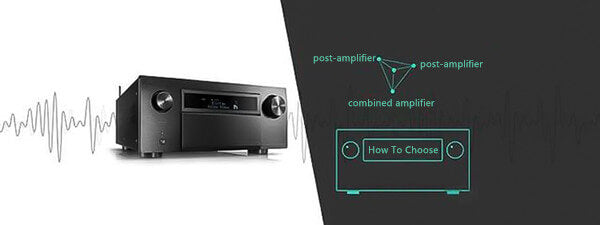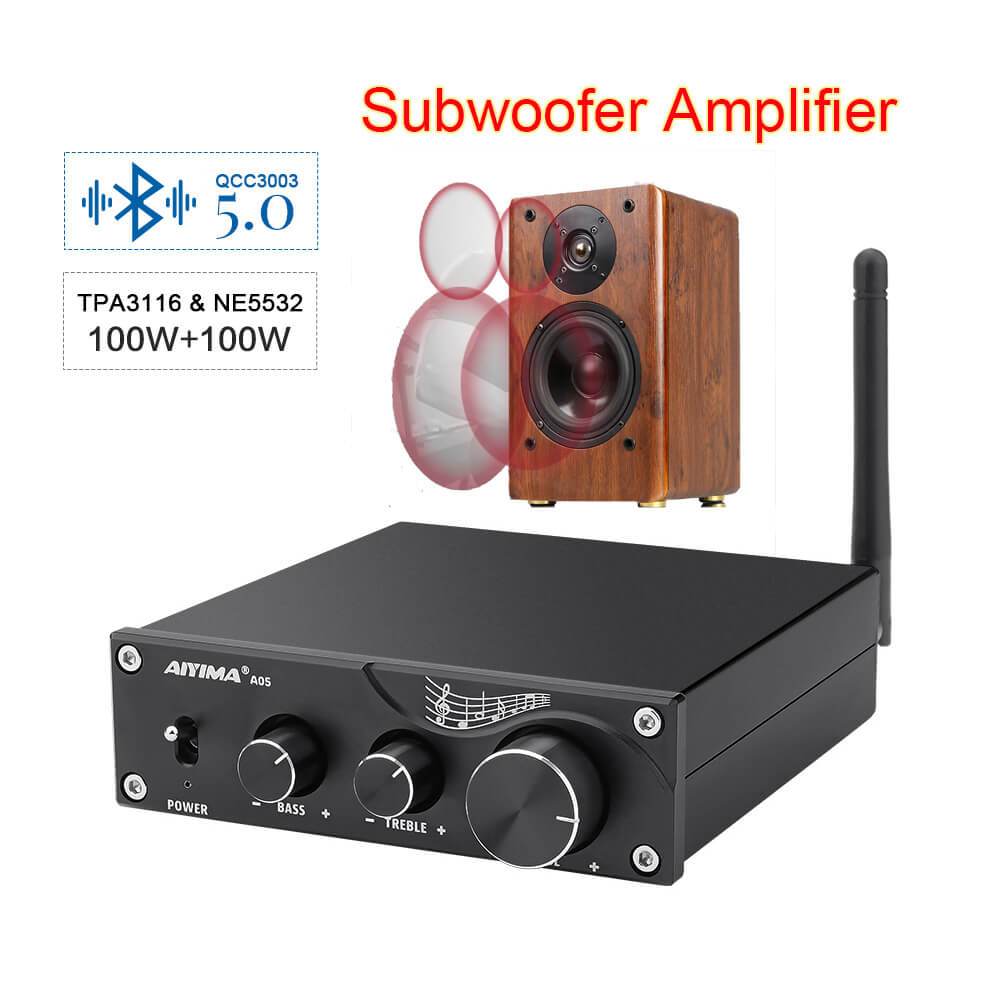Many friends want to get started with Hi-Fi or home theater. TVs, projectors, speakers, etc. are all easy to handle, but once they reach the amplifier, it is completely a bottleneck. Don’t understand, what is pre-amplifier and post-amplifier? What is a combined amplifier? What's the difference? Is there a difference between home theater and pure Hi-Fi?

What are the application scenarios of the power amplifier?
It is divided into professional power amplifiers and civilian power amplifiers in the horizontal direction, and Hi-Fi power amplifiers and A / V home theater power amplifiers in the vertical direction.
Professional amplifiers, as the name implies, are mainly used in large professional venues such as conference halls, performance halls, music halls and even movie theaters. The general audience does not need to consider them.
Civilian power amplifiers are better understood, that is, we use them at home, or in some small dining rooms and parlors. Due to site constraints, the output power of these amplifiers is generally not too large.
Civilian power amplifiers are divided into Hi-Fi power amplifiers and A / V home theater power amplifiers. Hi-Fi power amplifiers are mainly used for fever music, while A / V home theater power amplifiers are used for family viewing. Of course, they are also used to listen to songs, but Compared with Hi-Fi, the effect is not so good.
What are the pre-amplifier, post-amplifier and combined amplifier?
Whether it is Hi-Fi or A / V, both power amplifiers are divided into pre-amplifier, post-amplifier and combined amplifier.
For Hi-Fi, the pre-amplifier is more for audio signal reception, volume adjustment and basic signal amplification, while the post-amplifier is simply used as an output amplifier with higher power. The output can be launched as long as there are good enough speakers. Good results. Combined power amplifier refers to the combination of front and rear power amplifiers, not only for audio signal reception and processing, but also for high power output amplification. Hi-Fi's pre-amplifiers are divided into active and passive. The active pre-amplifier amplifies the signal through the power supply, while the passive pre-amplifier only has the effect of adjusting the volume. But now there are very few passive preamps in this era, because the internal resistance of the sound source and the rear stage is very different, only relying on a volume switch to connect the sound source and the rear stage, the difference in internal resistance will make the dynamic and details , Frequency effect is lost! In addition to adjusting the volume, the active front stage can also be used as a preliminary amplification and to reduce the internal resistance between the sound source and the rear stage, that is, as a buffer.


For the A / V home theater amplifier, the role of the pre-amplifier is more powerful. It receives audio and video signals, and performs audio and video separation, decoding, and optimization processing, so that the video and audio can be obtained without interference. Pure signal output. The function of the second-stage power amplifier is the same as that of Hi-Fi, as the effect of audio output amplification. In the same way as merging power amplifiers, the front and rear stages are combined together to separate audio and video processing, decoding, etc., while taking into account the power amplification output.
For the rear stage amplifier, all it needs to do is give the signal from the front stage to the speaker, that is, the speaker, not to say that the louder the better, but the ability to ensure that the sound scene is held without losing the details.

Can't the A / V amplifier bring HI-FI?
No, it is more complicated than Hi-Fi amplifier in terms of design and line output, which makes the purity of the sound more interfered. The good point is dyeing, and the bad is destroying the sound purity. In this case, the possibility of A / V power amplifier taking into account Hi-Fi is relatively low. In other words, if you want both the effect of a home theater and Hi-Fi, then you better have to match two different the former level, but the latter level can be the same.

Is it better to have separate power amplifiers, or to combine power amplifiers?
Generally speaking, separate front and rear power amplifiers are better. First, separate front and rear power amplifiers can have their own space to make more precise, and the materials will be more sufficient. Secondly, due to the separate processing, mutual The signal interference between them is less, and the details are more adequate. The combined amplifier is indeed at a disadvantage. Even the top-level combined amplifiers are not as good as the top-level independent front-end amplifiers.

If you really want to choose, how to choose?
First of all, it needs to be clear that almost all current manufacturers mainly focus on pushing and integrating amplifiers, because there is only one machine, which is simple to set up, easy to adjust, easy to use, and very friendly to entry-level players. The independent amplifiers before and after the class belong to senior players who prefer to play, because they can make different customized solutions by themselves, the adjustment is more diversified, and the play is more slippery.
Secondly, there is a defect in the combined amplifier, that is, the upgrade, especially in the aspect of A / V home theater, the emergence of various new formats, so that many old amplifiers cannot get the upgrades they deserve. You have to change the machine. But the front and rear power amplifiers are different. The latter level is generally not upgraded too much. Under the premise of sufficient use, the latter level does not need to pay attention, only need to change the previous level. Of course, this cost still needs to be calculated.
In short, if you are an entry-level player, the combined amplifier is actually enough, because it is also divided into high, medium and low grades. For senior players, I believe that independent front and rear amplifiers are more suitable for them because they can match the combination they need according to local conditions, get different audio and video experiences.
Focus on Audio






Leave a comment
This site is protected by hCaptcha and the hCaptcha Privacy Policy and Terms of Service apply.